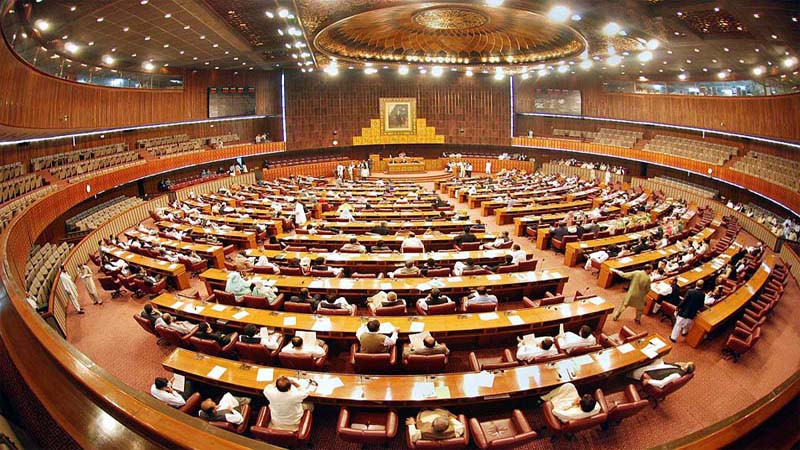
The coalition government on Monday decided to review a decision to hold next general elections on the basis of a new population census by withholding Rs5 billion budget for the headcount but sanctioned Rs17 billion more for the parliamentarians schemes in a move seen as countermeasure to a rising PTI popularity.
The Economic Coordination Committee (ECC) of the cabinet took out Rs15 billion from the budget meant for the development of the backward areas and another Rs3 billion from the Innovation Support Project to give the money to the National Assembly members for discretionary spending.
With the fresh approval, the parliamentarians’ discretionary spending budget rose to Rs87 billion. A fiscal room has now been created to spend an average of Rs500 million in each of the 174 constituencies of the National Assembly members, who voted for Prime Minister Shehbaz Sharif after ousting Imran Khan.
The ECC deferred the technical supplementary grant summary for conduct of 7th population and housing census, according to a statement issued by the Finance Ministry after the ECC meeting. The meeting was virtually presided over by Finance Minister Ishaq Dar, who is on a foreign visit.
It was decided that the government will first seek the endorsement of the federal cabinet on whether the next general elections should be held on the basis of the new population census that is tentatively planned to be held early next year.
Majority of the ECC members were of the view that the next general elections should be held on the basis of the 6th population census that had been held in 2017. Now the matter will be placed before the federal cabinet for a decision.
The decision marks a departure from the previous cabinet’s conclusion that it had instructed for holding the next general elections on the basis of a new census. Sindh had serious reservations on the results of the last population census and Chief Minister Syed Murad Ali Shah had voted against the final results in a meeting of the Council of Common Interests, held in April last year.
The Planning Ministry had moved the summary for the ECC for the approval and release of the Rs5 billion budget that is parked in the Ministry of Finance’s for holding the next population census.
The Pakistan Bureau of Statistics (PBS) was making preparations for holding the census next year. The present assembly will complete its term in August next year and elections will have to be conducted within three months of the end of the assembly’s term.
On Friday, Planning Minister Ahsan Iqbal had said that the population census results would be available in March and it would take another four months to complete the delimitations of the constituencies in the light of the results of the new census.
Discretionary spending
The ECC approved a technical supplementary grant of Rs17 billion to finance schemes under Sustainable Development Goals Achievement Programme (SAP), according to the Finance Ministry. The SAP or the SDG term is used to camouflage the discretionary spending by the parliamentarians.
The Express Tribune had reported last week that it had been decided to increase the budgetary allocation for SDGs to Rs87 billion.
Prime Minister Shehbaz secured 174 votes in April to become the prime minister under the coalition government of the Pakistan Democratic Movement (PDM). Each MNA will now get Rs500 million for spending in their constituency, according to the sources.
The education, health, clean drinking water, roads, streets, culverts, bridges, sanitation, gas, electricity, graveyards and public parks schemes will be funded from the Rs87 billion pool.
Except gas and electricity, all the schemes are of provincial nature. Even the roads are as small as having a maximum value of Rs50 million, indicating that these are not national highways and are of small community roads.
The details showed that the government had slashed the budget of the backward and poor districts of Pakistan by Rs15 billion and diverted this money towards discretionary spending.
Similarly, another Rs2 billion were cut out of the budget of the Innovation Support Project. After these reductions, the backward areas budget is now mere Rs3 billion and for the innovation project the remaining amount is just Rs4 billion.
There seems to be some confusion in the Planning Ministry about the actual current budget size of the SDGs. In August, the government had diverted Rs2 billion from the SDGs budget for some projects of parliamentarians, bringing the total allocation down to Rs68 billion.
However, it informed the ECC that the SDGs current budget was Rs70 billion and after the additional money it will go up to Rs87 billion –Rs500 per MNA.
During the first quarter, no money was spent on the SDGs and it is now expected that half of the budgetary allocation will be released and spent in the second quarter, according to the sources. The spending is aimed at boosting the popularity of ruling alliance ahead of the general elections.
In 2018, the Pakistan Muslim League-Nawaz (PML-N) government spent nearly Rs33 billion under the PM’s SDG Achievement Fund but still it lost the elections and won only 84 seats of the National Assembly, including the reserved ones.
Later, the Pakistan Tehreek-e-Insaf (PTI) administration began the journey with a spending plan of Rs29 billion for its first year in power. In its last year, it allocated Rs64 billion.





1737582559-0/Elon-Musk--(2)1737582559-0-165x106.webp)


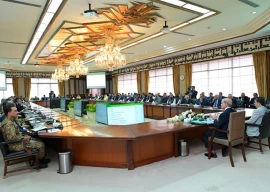



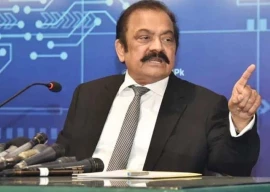
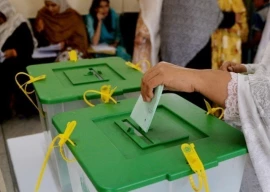
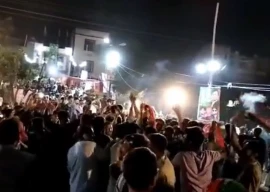

1736070587-0/Express-Tribune-(2)1736070587-0-270x192.webp)
1737452260-0/Gaddafi-stadium-(2)1737452260-0-270x192.webp)
1737531830-0/Saim-Ayub-injury-(2)1737531830-0-270x192.webp)









COMMENTS
Comments are moderated and generally will be posted if they are on-topic and not abusive.
For more information, please see our Comments FAQ